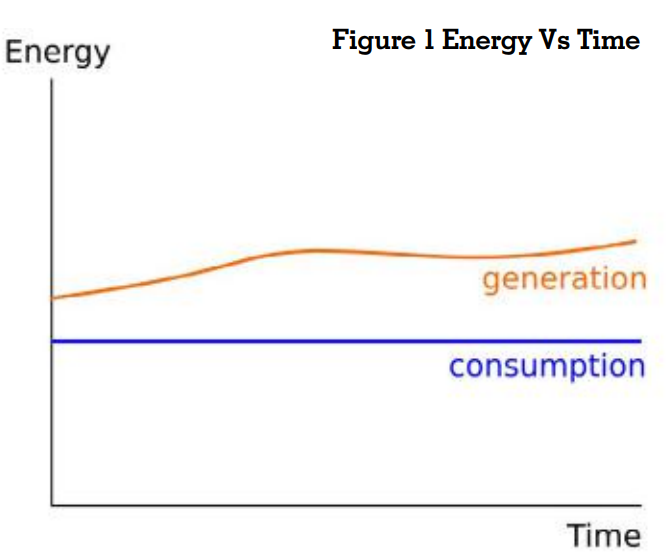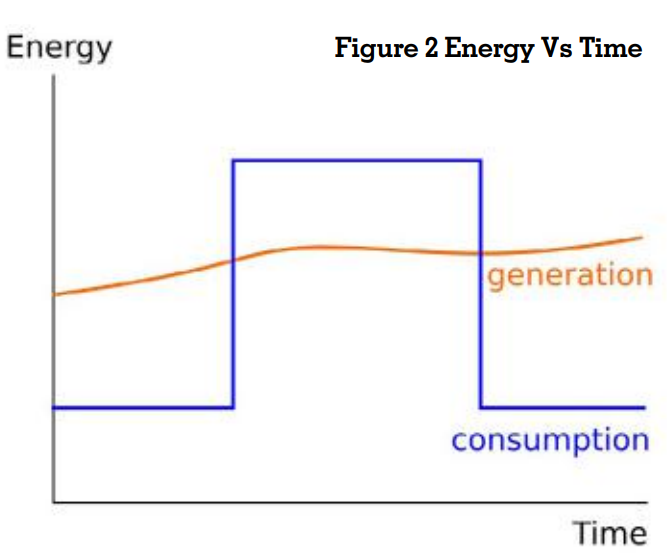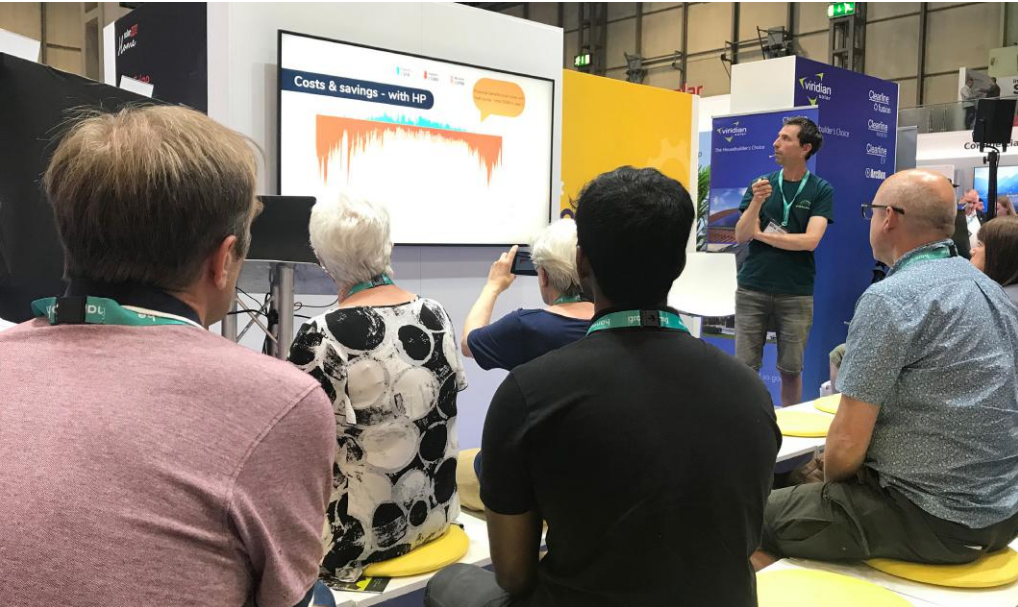Developing More Accurate Models of Heat Pump Running Costs
Andy Rankin, Founder and Managing Director at Midsummer, explores ways to accurately model and innovatively reduce the running costs of heat pumps, as seen on Heat Pumps Today.

There is a problem in the UK: the relative
price of gas and electricity often means that
the typical running costs of a heat pump
match or even exceed those of the gasfired boilers we're aiming to replace. Even
if a grant scheme helps cover the up-front
installation costs, why would a householder
sign up for higher bills? It’s perhaps no
surprise that heat pump uptake remains
rather lacklustre!
One answer is to change the relative costs
of gas and electricity, perhaps by moving
environmental charges from electricity bills
onto gas bills. That's one for the politicians
- and perhaps the new Government will take
action on this. But in the meantime, there
are several ways that the running costs of a
heat pump can be significantly reduced.
Reducing the running costs of a heat pump
Firstly, if installed in a property with a
solar array, some of the electricity needed
for the heat pump will come from the solar
array. That isn't 'free' energy of course -
quite apart from the cost of installation of
the solar array there is lost income from
exported electricity if it is diverted to a
heat pump instead. But it is very likely
to be significantly cheaper than energy
bought from an electricity company.
Secondly, if a property can take
advantage of time-of-use tariffs to move
some of the heat pump demand into periods
when electricity is cheaper, that again has
the potential to significantly reduce costs.
But by how much?
You don't want to be vague or generalise
when presenting a heat pump installation
proposal to customers. You want to
confidently say, “We have modelled your
property, and we expect your running costs
to be:
- A if you continue to run on gas
- B with a heat pump and your current electricity tariff
- C if you also install a 5kW solar array and an 8kWh battery
- D if you switch to this time-of-use tariff
- E if you do all of the above and use a smart controller as well."
Unfortunately, these calculations are
quite complex. However, models are
being developed to simplify the process,
including ones by Easy PV and Heatpunk.
The main problem is that this:

A household has a constant load of 1kW
for three hours one morning. The sun is out
and gradually climbing higher in the sky,
and the solar generation always exceeds
the demand in the house. Overall, 3kWh of
electricity is used during this period, and
4kWh of electricity is generated. 1kWh of
electricity is exported to the grid at, let's
say, 7p/kWh. So, the property has a net
income of 7p.
Is not the same as this:

(3kWh) is used as shown in Figure 1, but this time the demand is not constant. There is instead a large peak for an hour - it might be perhaps from a heat pump switching on to run the water heating cycle. In this scenario, more electricity (2.5kWh) is exported, so the property receives an income of 17.5p for exported electricity. But over the same period, they need to import 1.5kWh of electricity at, say, 28p/kWh, costing them 42p. This time there is a net cost to the property over the period of 24.5p. That's a big difference!
The upshot of this is that you can't use averages or rules of thumb to calculate the running costs of a heat pump when solar or smart tariffs are involved. Fundamentally you need to run a model of solar generation, household electricity consumption, and additional consumption from a heat pump at high resolution - minute by minute - over a full year in order to work out (and price), the flows of electricity into and out of a property. Only by running a detailed, complex model at high resolution will you have reasonable confidence that the predictions will be fairly close to reality.
This problem doesn't just arise for heat pumps. It applies to any electrical loads in a property. The detailed models of solar generation and household consumption we have built into Easy PV allow users to give a good idea of the likely financial benefits of a solar array to their customers.
Within Easy PV, we have recently expanded this functionality in order to allow half-hourly consumption data to be uploaded where available (with the caveat that half-hourly data is already more smoothed than we would like and doesn't capture short spikes like boiling a kettle: we add a little bit of noise back in to make it more realistic). And we've added the ability to add time-of-use tariffs which can take account of price differences for imported and exported electricity at different times of day. We are now working on extending our model further and sharing it with our heat pump design tool (Heatpunk) so that we can accurately predict the running cost of a heat pump with different solar and battery systems. By adding in heat pump space heating and domestic hot water profiles appropriate to the heat pump being specified and the expected heating demand of the property we can start to generate predictions for the anticipated running costs of a system.
The final step will be to model the
impact of smart controllers. A lot of heat
pump demand can be 'moved around' to
make use of the cheapest energy available.
This is particularly true of the hot water
cycle, as the cylinder acts as a form of
energy storage. With a smart controller,
you can choose to run the Domestic Hot
Water (DHW) heating cycle in the middle of
a sunny day, when there is spare solar to
soak up - or it can be run in the middle of
the night when electricity prices are lower.
The expensive day rates can almost entirely
be avoided.
Demand for space heating is harder to move around, but a smart controller can take advantage of the thermal mass of a property to bring the temperature of the property up a little during cheap overnight periods or when there is excess solar power available (we have started working on modelling this too).

In conclusion
The upshot is that soon you should be able to use tools to give customers a much more accurate indication of the cost of running a heat pump - and show them just how big the savings they can expect are when they use solar, heat pumps, batteries, and smart tariffs together. If you can demonstrate to your customers that they can actually save money by switching to a heat pump - something that is very hard to do with any kind of confidence at the moment - we believe that take up of heat pump installations will increase significantly.
Easy PV is a suite of easy-to-use tools for
designing solar arrays and Heatpunk helps
installers calculate heat loss and specify
the most appropriate heat pump. Both
tools are free to use.
To find out more visit: